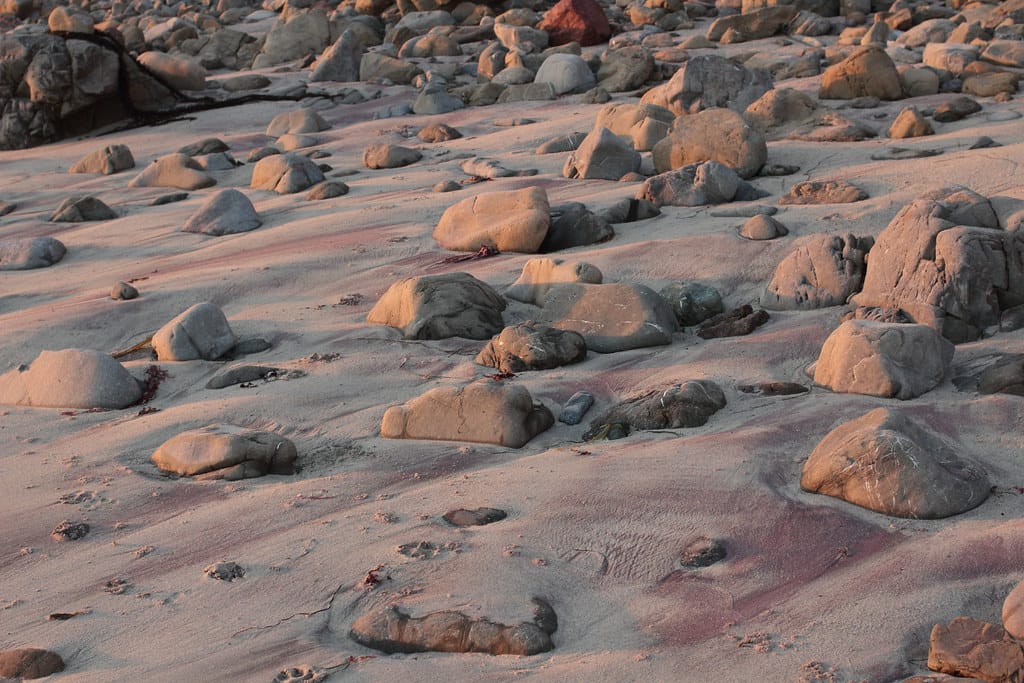The $5.3 Million Martian: Largest Mars Rock on Earth Sells for Record-Breaking Price
A piece of Mars just became the most expensive meteorite ever sold at auction, fetching a staggering $5.3 million at Christie's in New York. The basketball-sized rock, officially designated NWA 12691, represents the largest known fragment of the Red Planet available to private collectors and has shattered previous records for extraterrestrial specimens.
A Cosmic Rarity Worth Its Weight in Gold
The meteorite, weighing approximately 32 pounds (14.5 kilograms), commanded a price of roughly $166,000 per pound—making it more valuable than most precious metals and gems. This astronomical valuation reflects not just the specimen's Martian origins, but its exceptional size, pristine condition, and scientific significance.
Darryl Pitt, a meteorite specialist at Christie's, described the sale as "a landmark moment in the meteorite collecting world." The previous record for a Mars meteorite was held by a much smaller specimen that sold for $450,000 in 2020, making this sale more than ten times larger in both size and value.
Journey from Mars to Earth
Scientists believe this remarkable specimen began its journey to Earth millions of years ago when a massive asteroid or comet impact on Mars ejected chunks of the planet's surface into space. After drifting through the solar system for potentially millions of years, the rock eventually entered Earth's atmosphere and landed in the Sahara Desert of Northwest Africa, where it was discovered by meteorite hunters.
The authentication process for Martian meteorites is rigorous and involves extensive scientific analysis. Researchers compare the rock's mineral composition, isotopic signatures, and trapped gases to data collected by NASA's Mars rovers and orbiters. Only about 350 confirmed Martian meteorites exist on Earth, making each specimen extraordinarily rare.
Scientific Treasure Trove
Beyond its monetary value, NWA 12691 represents an invaluable scientific resource. Martian meteorites provide researchers with actual samples of the Red Planet without the enormous costs associated with sample return missions. NASA's Perseverance rover mission, for example, cost $2.7 billion and has yet to return samples to Earth.
Dr. Caroline Smith, a meteorite curator at the Natural History Museum in London, explains that these specimens offer unique insights into Mars' geological history, past climate conditions, and potential for ancient life. "Every Martian meteorite is like having a piece of another world delivered to our doorstep," she notes.
The meteorite's large size makes it particularly valuable for research, as it provides enough material for multiple studies while preserving the specimen's integrity. Smaller fragments have already been analyzed and confirmed to contain minerals that formed in the presence of water, supporting evidence for Mars' wetter past.
The Growing Meteorite Market
The record-breaking sale reflects a surging interest in space memorabilia and meteorites among wealthy collectors. The market has been bolstered by increased public fascination with space exploration, driven by missions to Mars, private space companies, and the recent success of NASA's asteroid sample return missions.
Christie's reported that bidding for the Martian meteorite was competitive, with participants from around the world vying for the extraordinary specimen. The winning bidder's identity remains confidential, though Christie's confirmed the buyer is a private collector with a passion for space artifacts.
Other notable space-related auction sales in recent years include moon dust samples, spacecraft components, and even entire meteorites. However, none have approached the significance or value of this Martian specimen.
The Future of Martian Science
While the meteorite now resides in a private collection, its scientific legacy continues. Researchers have already published several studies based on smaller samples, and the data contributes to our growing understanding of Mars' evolution and potential habitability.
As space agencies prepare for eventual human missions to Mars and more sophisticated sample return missions, meteorites like NWA 12691 serve as crucial baseline studies. They help scientists know what to look for and provide comparison points for future discoveries.
A Piece of Tomorrow's Frontier
The $5.3 million sale of this Martian meteorite represents more than just a luxury purchase—it symbolizes humanity's enduring fascination with the cosmos and our neighboring planets. As we stand on the threshold of potentially becoming a multi-planetary species, owning an actual piece of Mars represents both our past achievements in space science and our future aspirations among the stars.
For collectors, scientists, and space enthusiasts alike, this record-breaking meteorite sale marks a milestone in our relationship with the Red Planet, proving that sometimes the most extraordinary discoveries literally fall from the sky.
